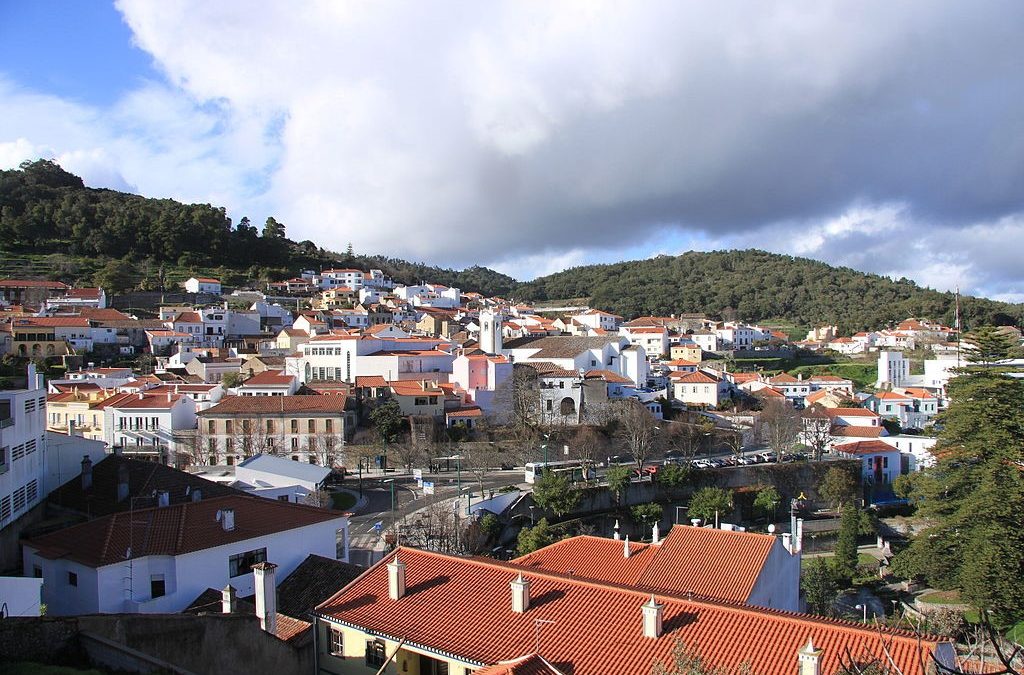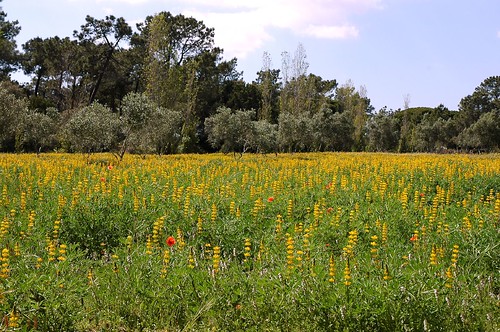The southern coast of Portugal is mainly associated with white beaches, warm sea, as well as peace and quiet atmosphere of the deep province. Despite the fact that Algarve is the chief resort region of the country, at the same time it doesn’t have industry, major cities and well-known attractions. Only small quiet resort towns, beaches, white sand, nature, tangerine and almond groves will delight travelers to Portugal.
The sights of Algarve are scattered around the coast, and public transport in these parts of Portugal is poorly developed, so it’s better to have a car at hand. With Zitauto Portugal you will have a huge selection of offers to choose the best car to your liking.
So, what to see in the Algarve? Here are the best secret places to visit by car…
Cathedral of Faro
(photo by Marcelo Biolchini)
Construction of the Cathedral began in the late 13th century. In the 15th century, 2 Gothic towers were attached to it. In 1596, it was reconstructed again after the invasion of the British troops, and in 1755 – after the strongest earthquake.
Today, the cathedral looks luxurious in the historic center of Faro. Its interior is colorfully decorated with gilded wood, marble, ceramic panels, paintings and sculptures.
Climb the tower to admire the beautiful panoramic view of Faro. The cathedral also houses the Capela Museum, with various bowls, sacred vestments and terrible relics, as well as a small temple built of bones.
Address: Largo da Sé 11, 8000-138 Faro
Carmo Church
(photo by P.D.M. Photography)
Carmo Church is considered to be one of the most colorful iconic masterpieces of Algarve region. It was founded in 1713 by the bishop Antonio Pereira da Silva, who bought this land, built the church and handed it over to believers. A major reconstruction of the church took place at the beginning of the 19th century, under the guidance of architect Gonsalves Diogo.
Today inside the temple you can see the works of sculptor Manuel Martins. It’s worth noting that the church is better known for its Franciscan Capela dos Ossos, built in 1826. It reminds visitors of the frailty of earthly life – the bones and skulls of Carmelite monks are imbedded in the walls and ceiling of this place.
Address: Largo do Carmo, 8000-148 Faro
Ria Formosa National Park
(photo by Roger Sargent >7 Million Views<)
Ria Formosa National Park is a lagoon system that extends over 60 km along the Algarve coastline, covering 170 square kilometers between Faro and Cacela Velha. The islands are connected to the sea through 6 entrances. Five of them are natural. The sixth entrance is artificial –it was built in 1952 for easier access to the park.
The park covers a vast area full of marshes, salt boilers, streams and dunes. There are several freshwater lakes in the west, including Ludo and Quinta do Lago. In fact, this unique ecosystem is an important area for bird migration and nesting.
Here you can see a huge variety of water birds, as well as ducks, seabirds and seagulls. This is an auspicious nesting site for the little tern and the rare purple moorhen.
Address: 8700-225 Olhão
Faro Bishop’s Palace
(photo by Mawgen Baber)
Faro Bishop’s Palace is located in the Old Town. It was erected in 1581. Externally, the palace cannot boast of brilliant architectural delights, but its interior is really impressive.
Particular attention is attracted by the rococo ornaments, as well as many portraits, which are painted by famous artists, including Marcello Leopardi. An interesting library in a palace is also incredibly beautiful – the interior is decorated in the Baroque style. The palace has always been the residence of the bishops, so all visits must be reserved in advance.
Address: Largo da Sé 15, 8000-138 Faro
Silves
Those experienced travelers who know what to see in Portugal in order to become better acquainted with the culture and history of the country will definitely not miss the opportunity to visit the ancient city of Silves with its cathedral, ancient gates and two castles.
The most famous castle is made of red brick and is considered to be a reminder of the times when the city was ruled by the Moors. This castle started the history of the city, and glorified Silves as one of the most significant sights of Algarve.
Also, the city houses an archaeological museum and the Cork Museum. The last one is located in the building of an old factory and recognized to be the best industrial museum in Europe.
Local oranges, which are among the tastiest fruits in the world, have become another subject of Silves’ pride. The value of citrus in the life of the town is perpetuated by a bright festival held in mid-February. For these few days the city becomes a real gastronomic paradise for travelers – all festive exhibits and stands are devoted to citrus and other regional products, dishes and drinks, including wine and confectionery.
Address: Silves, Portugal







